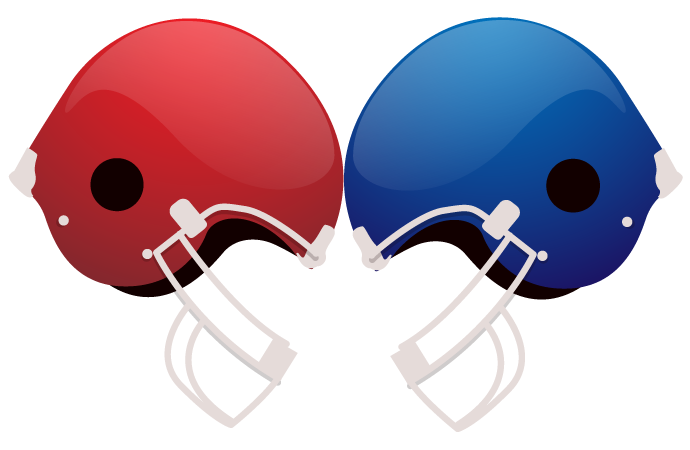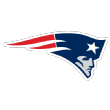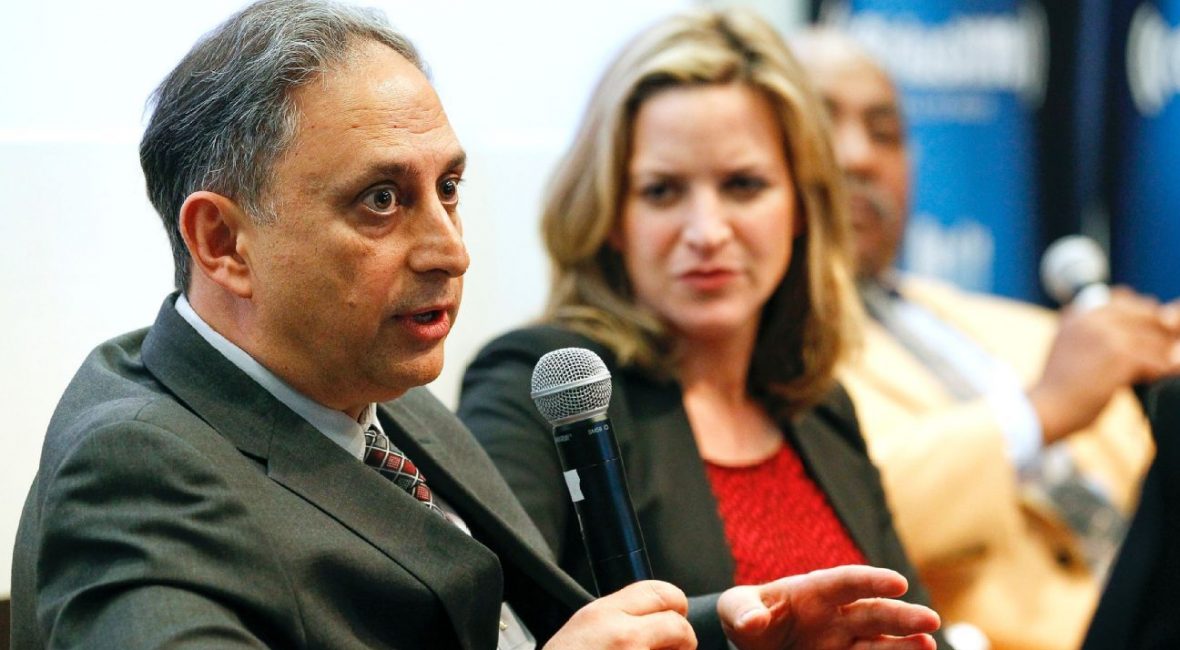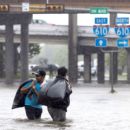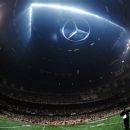After another injury-filled preseason, the 2017 NFL regular season will kick off on Sept. 7, with the defending champion New England Patriots taking on the Kansas City Chiefs.
How will each contest play out? Our NFL Nation reporters predict the results of every game of the 2017 season. Click on the links below to read more about each team, sorted by how our writers think they will end the regular season.
Note: These predictions are made in a vacuum by each individual writer for the team he/she covers, and the game-by-game results will not match up.
Teams predicted to go 12-4
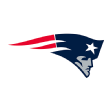
Ho hum. Another season, another division title for the Patriots. But it won’t be a cakewalk. Read more.
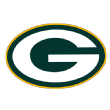
In order to have the NFC Championship Game at Lambeau, the Pack will likely need a dozen wins, but that’s not out of the realm of possibility. Read more.
Teams predicted to go 11-5
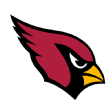
It appeared the Cardinals had a tough stretch to open the season, but injuries (and suspensions) impacting opponents should result in a hot start. Read more.
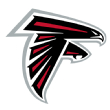
A new stadium, a stacked offense and the best defense of Dan Quinn’s tenure have the Falcons hopeful of a return to the Super Bowl. Read more.
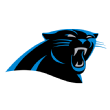
Though concerns remain on Cam Newton’s shoulder, the offseason addition of Christian McCaffrey and homecoming for Julius Peppers should get the Panthers back in the playoff hunt. Read more.
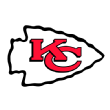
A 5-1 mark against AFC West foes has the Chiefs in the driver’s seat for a playoff return. Read more.
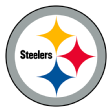
The Steelers enter 2017 as a trendy Super Bowl pick, but a dangerous back end of the schedule should temper expectations some. Read more.
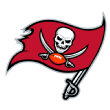
It’s another step forward for Jameis Winston & Co., and a playoff appearance isn’t out of the question. Read more.
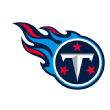
Armed with added talent on both sides of the ball, a manageable schedule and a weak division, the Titans are in great position to score a two-game improvement over 2016. Read more.
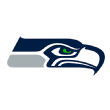
With health issues seemingly mitigated, the Seahawks have a great shot at another NFC West crown. Read more.
Teams predicted to go 10-6
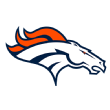
A slew of injuries in the defensive front seven overshadowed the QB competition this preseason, but that dominant D will carry the club once again. Read more.
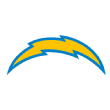
A late-season push results in a double-digit win total for the club’s initial season in L.A. Read more.

The pass-catching firepower is there, but a shaky offensive line will have trouble facing the NFC West and AFC West. Read more.
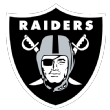
The Raiders will have to solve the Chiefs to finish the penultimate season in Oakland with a division title. Read more.
Teams predicted to go 9-7
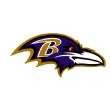
The Ravens haven’t made the playoffs since 2014, and open with a brutal five-game stretch. Read more.
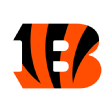
The Bengals have the makings of an explosive offense, but the loss of Vontaze Burfict for three games and questions on the O-line may scuttle the chances for a playoff return. Read more.

The Cowboys’ chances at repeating as division champs will be influenced by Ezekiel Elliott’s availability, but they should remain in the playoff mix. Read more.
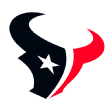
The return of J.J. Watt will yield strong dividends as the Texans look to win a third straight division crown. Read more.
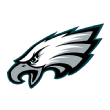
Carson Wentz, other young Eagles will make a serious push for the playoffs. Read more.
Teams predicted to go 8-8
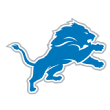
An injury at a critical position on the offensive line may mean another mediocre season in the D. Read more.
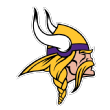
The Vikings changed their makeup on both sides of the ball this offseason, but the resulting record may well end up the same as 2016. Read more.

The Saints will break their string of 7-9 seasons, but remain at arm’s length from the top teams in the division. Read more.

A tough stretch in the middle of the 2017 schedule will make or break the season for Washington. Read more.
Teams predicted to go 7-9
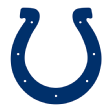
Uncertainty about Andrew Luck’s health has raised the chances of a losing record for the first time during his tenure in Indy. Read more.
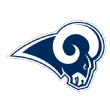
A favorable early schedule means the Rams have a chance to take a big step forward. Read more.
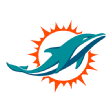
A slew of injuries to key players and a tough schedule may prevent a return to the playoffs for the Dolphins. Read more.
Team predicted to go 6-10
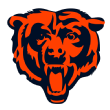
A daunting schedule may be too much to overcome for the Bears, despite an impressive rookie class. Read more.
Teams predicted to go 5-11
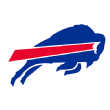
It’ll likely be tough sledding as a new regime takes control, particularly after Sammy Watkins and Ronald Darby were traded away in August. Read more.
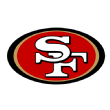
The 49ers will be more competitive than a season ago, but there’s too much to fix to put them in playoff contention right away. Read more.
Teams predicted to go 4-12
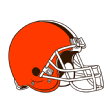
With a strong rookie class — led by starting quarterback DeShone Kizer — the Browns will be better in 2017… but not by much. Read more.
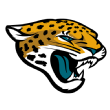
Despite improvements on defense this offseason, quarterback and O-line play will doom the club to double-digit losses once again. Read more.
Team predicted to go 3-13
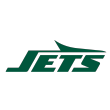
A historically bad offense sets the stage for a top-five draft slot next April. Read more.

